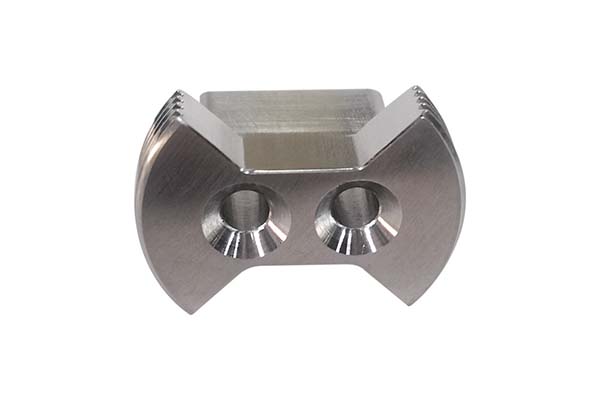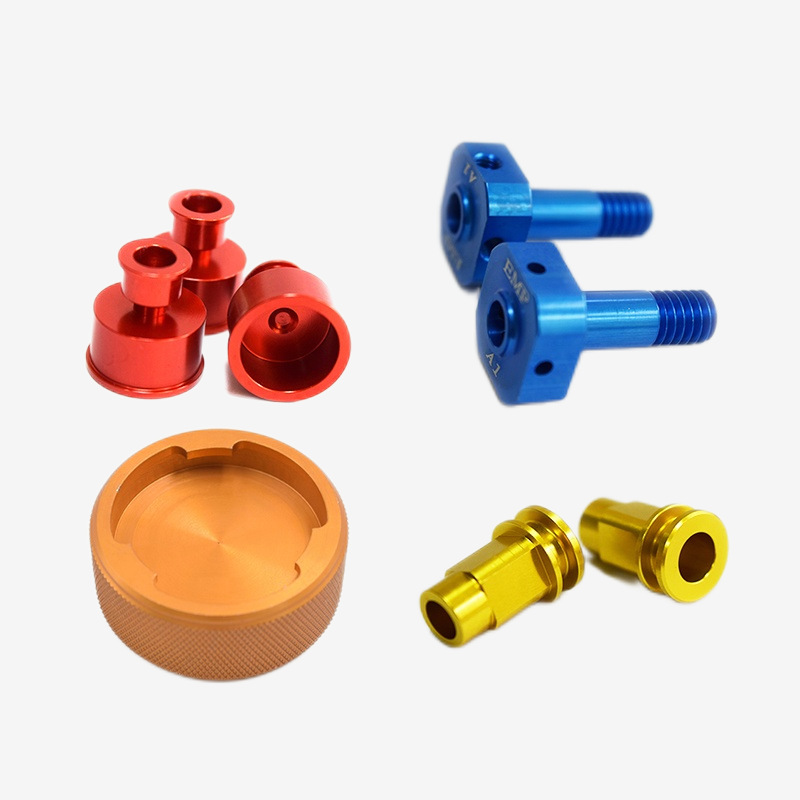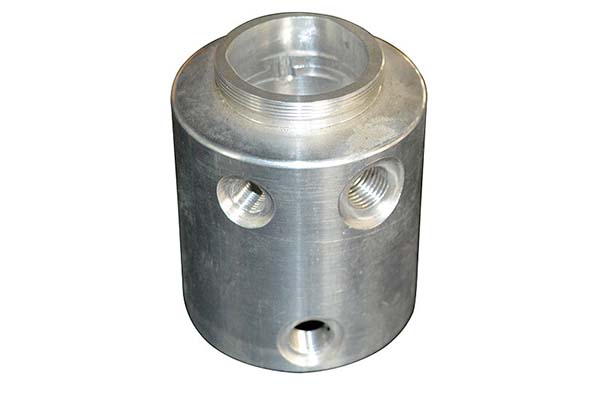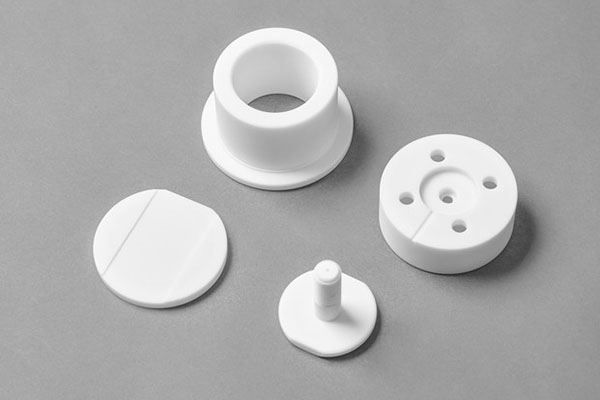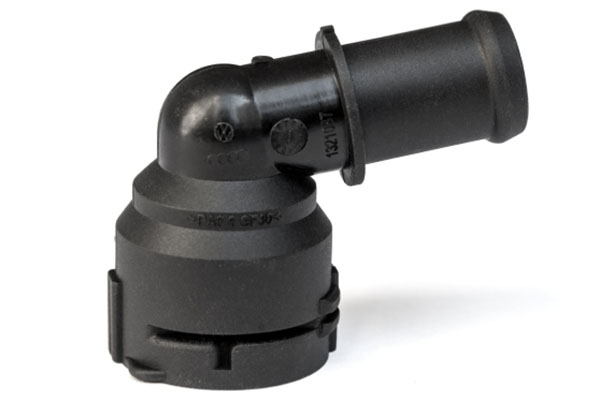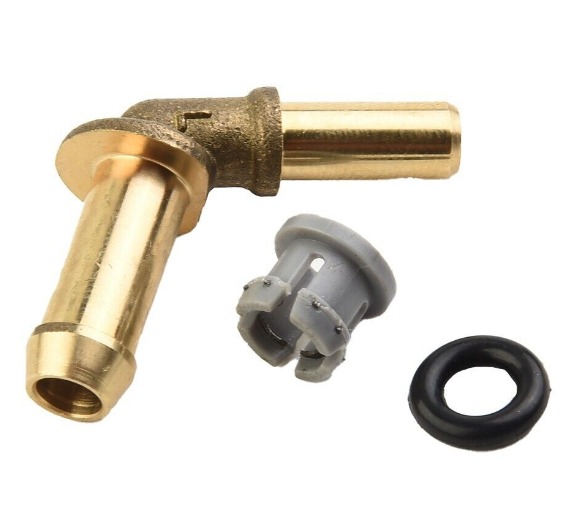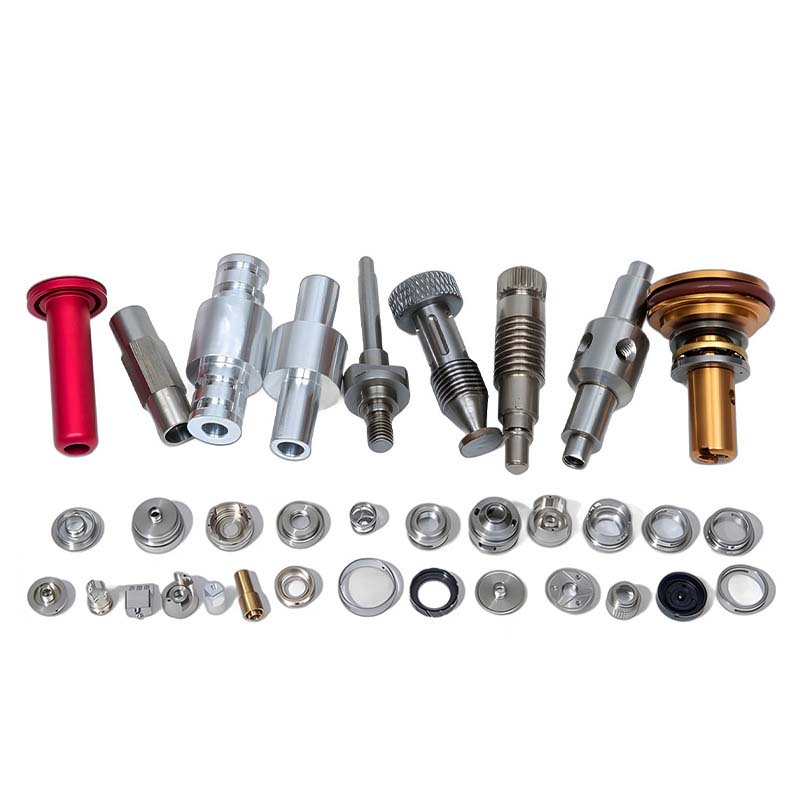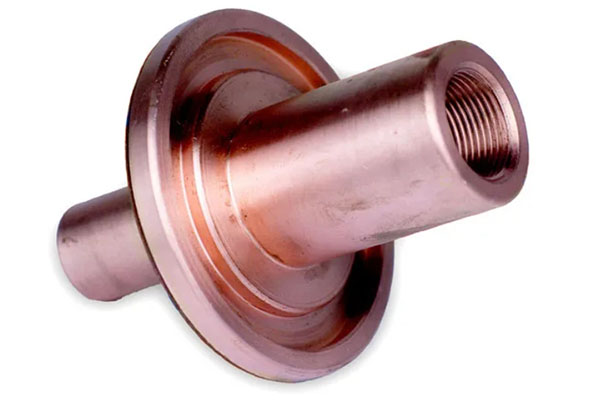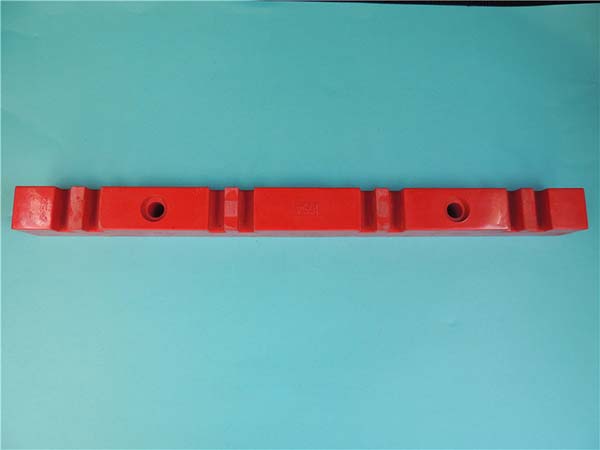Ti-6Al-4V ELI, also known as Grade 23 titanium, is a specialized titanium alloy celebrated for its exceptional biocompatibility and high strength-to-weight ratio. As an Extra Low Interstitial (ELI) variant of Ti-6Al-4V, it offers enhanced purity, making it indispensable in medical and aerospace applications. However, machining this alloy requires careful consideration of its unique properties—from its low interstitial content to its work-hardening tendency. This guide provides a comprehensive overview of CNC machining Grade 23 titanium, offering actionable insights to overcome common challenges and ensure precision results.
Material Composition and Properties of Ti-6Al-4V ELI
Alloy Makeup and Key Characteristics
The alloy composition of Ti-6Al-4V ELI mirrors its non-ELI counterpart in terms of primary elements: 90% titanium, 6% aluminum, and 4% vanadium. The critical difference lies in its ELI (Extra Low Interstitials) designation, which limits interstitial elements like oxygen (≤0.13%), carbon (≤0.08%), nitrogen (≤0.015%), and hydrogen (≤0.012%). This strict control over impurities enhances its biocompatibility—a must for medical implants—and reduces brittleness, improving toughness.
Mechanical properties of Grade 23 include a tensile strength of 860–965 MPa and a yield strength of 795 MPa, balancing strength with ductility. Its corrosion resistance is exceptional, even in physiological environments, making it ideal for long-term medical implants. Compared to standard Ti-6Al-4V, ELI grade has 5–10% higher ductility, which aids formability but increases the risk of chip adhesion during machining. A comparative study found that Ti-6Al-4V ELI exhibits 12% lower fatigue strength than the standard grade but offers 20% better fracture toughness—critical for load-bearing medical devices.
How Purity Affects Performance
The low interstitial content in Grade 23 reduces its hardness (31–35 HRC) compared to standard Ti-6Al-4V (36 HRC), slightly improving machinability. However, its high ductility means it tends to "grab" cutting tools, leading to tool wear and poor surface finish if parameters are not optimized. Its corrosion resistance in bodily fluids is unmatched, with a corrosion rate of less than 0.001 mm/year in simulated physiological solutions—far lower than stainless steel 316L (0.005 mm/year). This property, combined with biocompatibility, makes it the gold standard for implants like hip stems and spinal hardware.
CNC Machining Process for Ti-6Al-4V ELI
Essential Tools and Machining Parameters
CNC machining of Grade 23 titanium demands precision machining techniques and specialized cutting tools. Carbide tools with AlTiN or diamond-like carbon (DLC) coatings are preferred, as they reduce friction and resist the high temperatures generated during cutting. In testing, DLC-coated carbide end mills lasted 35% longer than TiAlN-coated tools when milling Ti-6Al-4V ELI, thanks to their lower coefficient of friction (0.1 vs. 0.4).
Optimal machining parameters vary by operation:
- Milling: Use cutting speeds of 40–80 m/min with feed rates of 0.05–0.12 mm/tooth. Lower speeds than standard Ti-6Al-4V help prevent work hardening, while high-pressure coolant (70–100 bar) improves chip evacuation.
- Turning: Cutting speeds of 50–70 m/min and feed rates of 0.08–0.15 mm/rev are recommended. Positive rake inserts minimize cutting forces, reducing the risk of tool deflection.
- Drilling: Through-coolant carbide drills with a 130° point angle work best, with speeds of 25–40 m/min and feed rates of 0.08–0.12 mm/rev. This prevents chip welding to the drill flutes.
Achieving Desired Surface Finish and Reducing Tool Wear
Surface finish requirements for Ti-6Al-4V ELI are stringent, especially for medical applications (Ra < 0.8 μm). Using sharp tools with polished flutes reduces surface imperfections, while trochoidal milling paths distribute wear evenly across the tool edge. A case study on machining orthopedic implants found that combining trochoidal milling with a 0.08 mm/tooth feed rate achieved an Ra of 0.4 μm, meeting the strictest medical standards.
Tool wear is primarily caused by adhesion and abrasion. To mitigate this, maintain a constant cutting engagement and avoid interrupted cuts. Regular tool inspections—every 50–100 parts—ensure worn tools are replaced before they damage the workpiece. Using adaptive machining software that adjusts feed rates based on real-time tool wear data can extend tool life by up to 25%.
Applications and Uses of Ti-6Al-4V ELI
Medical and Aerospace Applications
Medical implants represent the largest application for Ti-6Al-4V ELI. Its biocompatibility—verified through ISO 10993 testing—ensures it does not trigger adverse immune responses, making it ideal for pacemaker cases, bone screws, and dental implants. A study of 5,000 hip replacements found that Ti-6Al-4V ELI implants had a 98% survival rate after 10 years, outperforming stainless steel alternatives (92%).
In aerospace applications, Grade 23 is used for critical components like fuel lines and structural brackets, where its high strength and low weight reduce aircraft fuel consumption. Its fracture toughness (65 MPa·m¹/²) makes it suitable for crash-resistant parts, while its corrosion resistance withstands the harsh conditions of high-altitude flight.
Other Industrial and Engineering Uses
Industrial components such as chemical processing valves leverage Ti-6Al-4V ELI’s corrosion resistance in acidic environments. Automotive parts for high-performance vehicles, including racing suspension components, benefit from its strength-to-weight ratio. In the marine industry, it is used for propeller shafts and seawater handling systems, outlasting stainless steel by 3–5 times in saltwater exposure tests. High-performance engineering sectors, such as Formula 1, use it for lightweight chassis components, where every gram saved improves speed and handling.
Quality and Grade Standards for Ti-6Al-4V ELI
Compliance and Certification Requirements
Grade 23 titanium is governed by strict standards to ensure its purity and performance. ASTM standards such as ASTM F136 (for medical implants) and ASTM B348 (for bars and forgings) specify limits for interstitial elements and mechanical properties. These standards mandate purity levels that exceed those for standard Ti-6Al-4V, with oxygen content capped at 0.13% to ensure biocompatibility.
Material certification is critical for Grade 23, especially in medical applications. Certifications include:
- Chemical composition analysis (via glow discharge mass spectrometry)
- Mechanical testing (tensile, fatigue, and impact strength)
- Quality control records (heat treatment parameters, machining logs)
- Biocompatibility reports (ISO 10993 compliance)
Ensuring ELI Compliance
The ELI (Extra Low Interstitials) designation is not just a label—it requires rigorous process control. During melting, vacuum arc remelting (VAR) is used to reduce interstitial pickup, with hydrogen levels monitored to stay below 0.012%. Post-machining, residual stress testing (via X-ray diffraction) ensures parts are free from stresses that could compromise performance in critical applications. A survey of medical device manufacturers found that 92% require ELI certification for Ti-6Al-4V components, citing patient safety as the primary reason.
Technical Specifications of Ti-6Al-4V ELI
Dimensional Accuracy and Tolerances
Dimensional accuracy is paramount for Grade 23 components, especially medical implants and aerospace parts. Typical tolerance levels range from ±0.005 mm for critical features (e.g., implant threads) to ±0.02 mm for less critical dimensions. Achieving this requires tight control over machining temperatures, as Ti-6Al-4V ELI has a thermal expansion coefficient of 9.2 μm/m·°C—higher than steel, making it prone to dimensional shifts during machining.
Heat treatment also plays a role in maintaining specifications. Solution annealing at 925°C followed by aging at 500°C for 4 hours optimizes strength and ductility, ensuring parts retain their dimensions in service. A study found that heat-treated Grade 23 parts had 30% less dimensional variation after machining compared to non-heat-treated ones.
Material Testing and Data Sheets
Material testing for Ti-6Al-4V ELI includes:
- Ultrasonic testing to detect internal defects
- Metallographic analysis to verify microstructure
- Hardness testing (typically 31–35 HRC)
- Corrosion testing (salt spray or potentiodynamic polarization)
Technical data sheets for Grade 23 provide key metrics, including:
- Tensile strength: 860–965 MPa
- Elongation: ≥10%
- Density: 4.43 g/cm³
- Modulus of elasticity: 110 GPa
Specification compliance is verified through third-party audits, ensuring that every batch of Grade 23 meets the stringent requirements of its intended application.
Yigu Technology's Perspective
At Yigu Technology, we specialize in CNC machining Ti-6Al-4V ELI for medical and aerospace clients. Our process begins with strict material verification—every batch of Grade 23 is tested for interstitial content to ensure ELI compliance. We use specialized cutting tools and high-pressure coolant systems to achieve surface finish as low as Ra 0.2 μm, critical for medical implants. Our quality control protocols include CMM inspections for dimensional accuracy and ultrasonic testing for internal defects. By adhering to ASTM standards and leveraging our expertise in machining high-purity titanium, we deliver Grade 23 components that meet the most demanding performance and safety requirements.
FAQs
Q1: What makes Ti-6Al-4V ELI different from standard Ti-6Al-4V?
A1: Ti-6Al-4V ELI has lower interstitial elements (oxygen, carbon, nitrogen) due to its ELI designation, enhancing biocompatibility and toughness. It is softer (31–35 HRC vs. 36 HRC) and more ductile, making it ideal for medical implants but slightly more challenging to machine due to increased chip adhesion.
Q2: What surface finish can be achieved when machining Ti-6Al-4V ELI?
A2: With proper tools and parameters, surface finish as low as Ra 0.2 μm is achievable. Medical implants typically require Ra < 0.8 μm to minimize tissue irritation, while aerospace parts often need Ra < 1.6 μm for aerodynamic efficiency.
Q3: Which standards govern Ti-6Al-4V ELI for medical applications?
A3: ASTM F136 is the primary standard, specifying purity levels, mechanical properties, and biocompatibility requirements. Compliance with ISO 10993 (biological evaluation) and ISO 13485 (medical device quality management) is also mandatory for medical implants.
